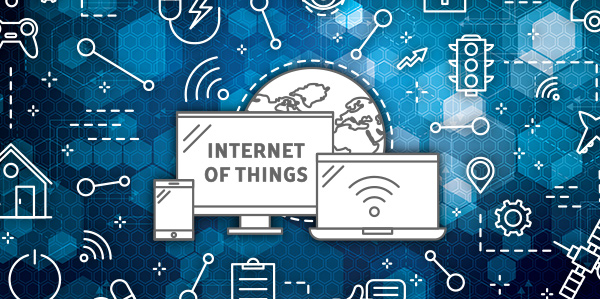
The past decade saw innovations and evolutions in technology beyond what many of us could imagine. From reusable rockets and self-driving vehicles to smart homes where everything from LED lighting to thermostats is controlled by an app, it seems as if the world imagined in science fiction is upon us.
What were some of the top technology trends of the decade?
1. The Emergence of 4K TVs
Consumer flat-screen technology evolved quickly from plasma screens to high-definition LED screens. Then, in 2012, LG released the first television with 4K resolution, 3840x2160 pixels. This represents a four-times higher resolution than HD. At the time, little content was available, but today many cable channels offer 4K programming.
2. Artificial Intelligence (AI) Assistants for the Home
Apple’s Siri set the stage for using AI for internet-enabled voice search in the 2000s, but the Amazon Alexa smart speaker made AI assistants a regular part of our homes. Google followed shortly after with the introduction of Google Home. By the start of 2018, 39 million Americans owned at least one smart speaker.
3. Wearables Help Us Manage Our Health Digitally
People started to take control of their health and fitness in the past decade, enabled by wearables like the FitBit and the Apple Watch. A survey from January 2019 showed 27% of consumers use wearable technology for health and fitness. From tracking our sleep patterns to calorie consumption and activity, these wearables may not make us healthier, but they can help make us more aware of our habits and activities.
4. Ring Doorbells
Just as we monitor our health through web-connected devices, we can monitor activity at our doors. Internet-enabled Ring video doorbells, along with competing products like the Google Nest Hello Doorbell, allow us to see who’s at our door through a smartphone app and even speak with the person, making it seem like we’re home even if we’re not. Ring recently partnered with 400 police stations across the U.S. to help police review suspicious activity—with the residents’ permission, of course.
5. Automated Thermostats
The Nest thermostat was one of the first smart home devices designed to help homeowners monitor and reduce energy use. According to research from Parks Associates, 5% of all homes with broadband internet had smart thermostats in 2014. The number skyrocketed to 13% by 2017 and continues to rise.
6. Integrated Smart Home Technology
Smart thermostats paved the way for a plethora of other smart home devices, from LED lighting to coffeemakers and even refrigerators. Integrated smart home technology led to the rise of the Internet of Things (IoT), a phrase coined by researchers at Carnegie Mellon University in 1999. The term refers to any device that resides on a network and is controllable through an internet-enabled device.
7. Electric Vehicles
It’s not just our homes that are getting smarter and more energy-efficient. Tesla introduced the first all-electric vehicle (EV) powered by lithium-ion batteries with the Roadster in 2008. By 2012, the all-electric Tesla Model S five-door sedan was driving the electric car market, leading its class in all categories. Other car manufacturers raced to catch up, with BMW, Jaguar, and others releasing EVs in the past decade. Continuing to lead innovations in automotive technology, today’s Tesla EVs also have autopilot features as an option, which includes the ability to change lanes automatically and even have the car drive itself through a parking lot to your location.
8. On-Demand TV
Does anyone use DVDs or Blu-rays anymore? Some households might, but there’s little point to storing discs that can get lost or scratched when you can watch anything you want with just a push of a button on your TV remote control.
9. Downloadable Video Games Reduce Clutter
Just like DVDs and Blu-rays are going the way of VCR tapes, video games also took a new form in the past decade. While the Nintendo Switch still uses cartridges, you can also download games directly to the game systems. The same goes for Xbox and Sony PlayStation, both of which use DVDs but can also store downloaded games directly in the game system’s hard drive.
10. Faster Internet Connects It All
With all this downloading of high-bandwidth media like video games, music, and movies, the average home needs a robust WiFi connection to keep up with it all. Consolidated Communications delivers the bandwidth families need to work and play from all their devices.